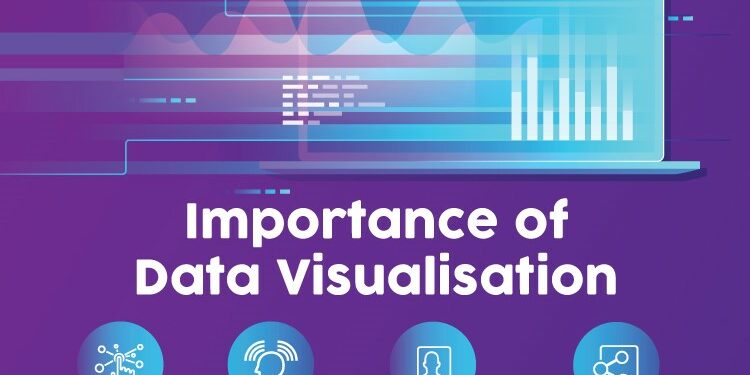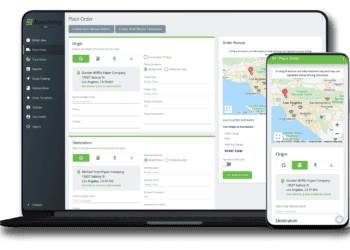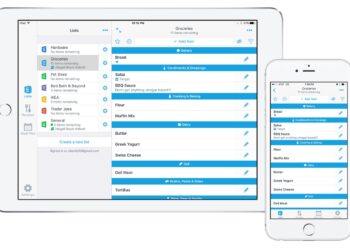Data visualization means presenting data in a graphical or pictorial format and helping the decision-makers grasp the complex data easily. Interactive visuals drill down the most difficult concepts or unorganized data into graphs and charts, making it easy to comprehend.
Rather than juggling with spreadsheets or reports, you can use visuals to turn endless columns of numbers into something useful. In this article, we’ll put some light on the significance of data visualization.
Data Visualization: What Makes It So Useful
Comparing the numbers presented in long rows and columns in a table is quite a difficult task and takes a lot of time. And, this is where data visualization comes in! Plotting the data into pictures and identifying the most valuable findings from vast data is a matter of just a few minutes with data visualization. From simple bars, columns, pie charts to a dashboard that contains several co-related graphs, you can use different forms of data visuals for comparing data.
Furthermore, human beings naturally grasp visual information better. Visuals convey useful data in the form of a story, allowing the viewers to act quickly. There are widgets that enable the readers to interact with data and discover what would potentially lead them to success.
Some of the reasons that stress the significance of data visualization-
- Helps you understand the data for making business decisions.
- Handles large chunks of data to provide you with a summary of trends, patterns in data and tells you the actual story hidden behind the data.
- Generates data to help you convert key findings into great business strategies.
- Highlights unnoticed points to help you create professional data analysis reports.
How Does Data Visualization Benefit You?
Data visualization helps you in many ways to improve the data insights. Some of the important ways are mentioned below-
Helps You Identify Errors
Imagine yourself struggling with the Excel sheets hoping to find any useful information. Even if you manage to identify the trends, sometimes wrong data tend to suggest wrong actions. This is where visualizing data can help. It helps you quickly identify the errors in the data so that you can eliminate them from the data analysis process.
Getting Business Insights
The current business environment is highly competitive. Squeezing the most out of the data daily has become crucial to direct your business in the right direction. Visual representation helps you find data correlation to get better business insights. This way, you can set the right business strategies to achieve goals.
View The Latest Trends
With data visualization, you can figure out the latest trends in the business. This helps you predict the problems before they arise and modify your marketing strategy, or improve your products and services in time. When you stay on top of the trends, you can boost your efforts to increase your sales, business reputation and ROI.
Understand The Patterns And Story Behind Them
When complicated data converts into visuals, you have an opportunity to get better insights. You can recognize the correlation between different variables, explore patterns that require more attention and point out the importance of the key areas to push the business forward.
Visuals also help the target audience to grasp the concept via storytelling. They can understand the purpose of the visual with a single glance. However, make sure to avoid using complicated visuals. Keep everything simple.
How To Get Started With Data Visualization?
If you want to get started with data visualization, it is best to do thorough research and think about the visualizations you have ever seen. Doing so will help you find that there are patterns to using different types of visualization. In order to know which visualization to use, consider what type of data you have. Then, think about the context of visuals. This will give you a great idea of how to present your data in the best way.
Some popular tools of data visualization:
From simple to complex there are various differnent types of data visualizations tools; some of them are:
Tableau: It is one of the most popular data visualization tools that can connect with texts, excel files and other large scale databases. It comes with simple drag and drop interface that doesn’t require any code. Besides, it also comes with advanced visualization features, if needed. From business to journalism, you can use it for anything.
Flourish: Its another amazing data visualization tool that comes with a plethora of templates and examples. Its completely only and you don’t need any specific software to access this. Moreover, it’s easy to use and has various interactive capabilities, customization options and a lot more.
Microsoft’s Power BI: Power BI, is mostly for businesses as it helps analyzing business data. The customized dashboard and impressive templates let users connect with various data sources. Since it is integrated into Microsoft’s suit, it is compatible with Azure and Excel.
Other data visualization tools are:
- ChartBlocks
- Datawrapper
- Adobe Illustrator
- Microsoft Excel’s buil-in chart function
- MATLAB
- Mapbox
- Infogram
- ArcGIs
- Charticulator
Conclusion
Above, we have discussed the significance of data visualization, its benefits, and quick ways to get started with the visuals. It is an amazing tool to transform boring data into something engaging, interesting, and meaningful. If you don’t have a data visualization tool, it’s time to look for the one that caters to your specific needs. You can experiment with a free trial of the tool and see if it works for you. Once you find a visualization tool that matches your requirements, you can integrate it into the data analysis process and start getting better insights from data.






